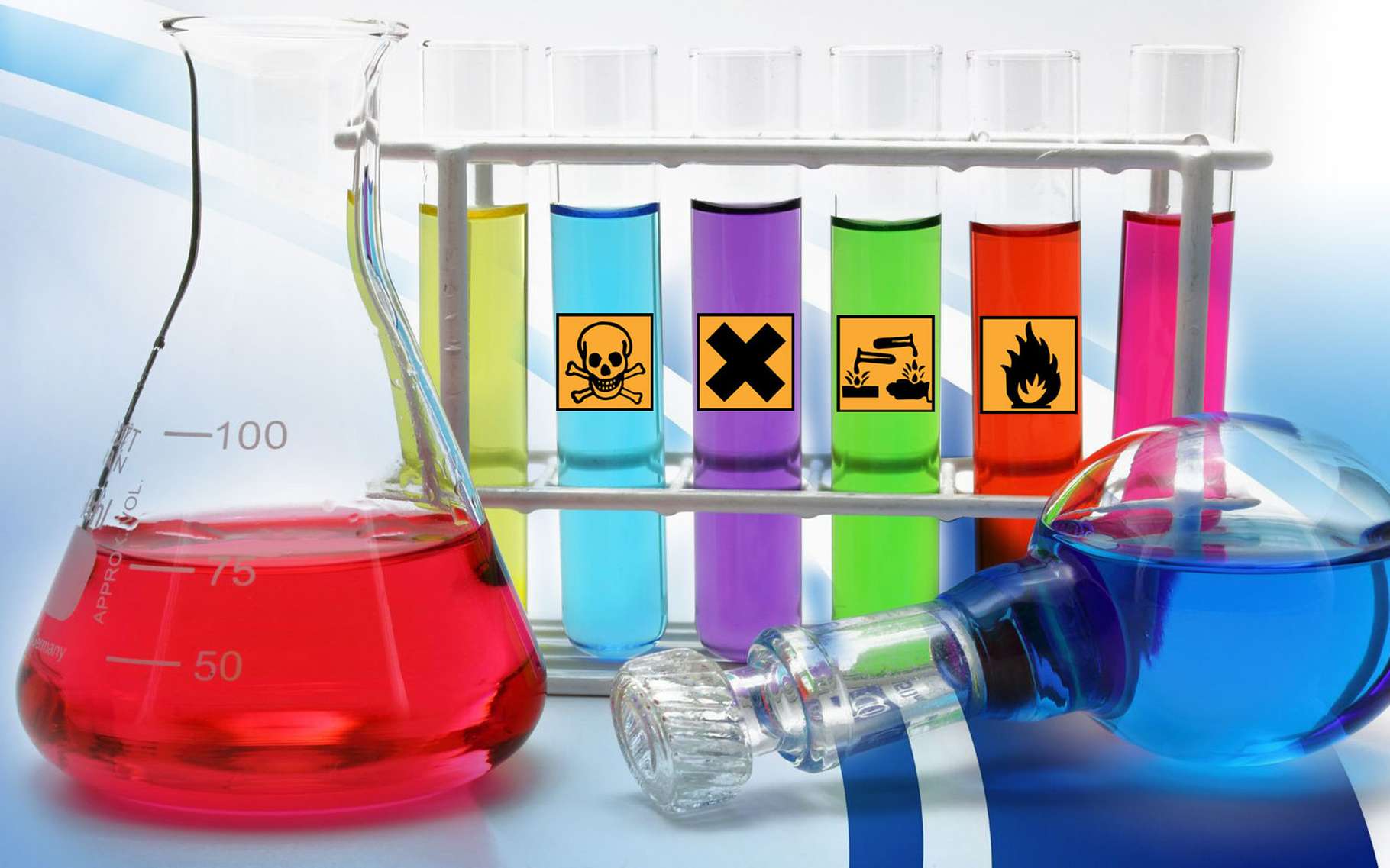MRLs & Organic farming

Maximum Residue Limits and Organic Farming... Let's take stock!
Kézako
All foodstuffs intended for human or animal consumption in theEuropean Union (EU) are subject to a maximum residue limit (MRL) for pesticides in order to protect animal and human health. European legislation regulates the MRLs that apply to different products, and establishes a default MRL when no specific MRL exists.
They are based on good agricultural practice and the minimum consumer exposure necessary to protect the most vulnerable consumers.
Regulation (EC) no. 396/2005 harmonizes MRLs at Community level for pesticides authorized in products of animal or plant origin intended for human or animal consumption.
The setting of maximum residue limits for pesticides in foodstuffs of plant origin takes into account both agronomic realities and toxicological requirements.
To ensure that the MRLs defined for a pesticide respect consumer safety, the following calculation is performed:
- It is assumed that each fruit, vegetable and cereal for which a pesticide marketing authorization has been issued contains the maximum authorized pesticide residue content (maximalist hypothesis).
- These potential residues are added together, taking into account the diet of all population categories, including sensitive populations such as four-month-old babies and children.
The theoretical quantity of pesticide ingested is then compared with the Acceptable Daily Intake (ADI), which corresponds to the no-effect dose (i.e. dose that does not cause disease) obtained after toxicity studies on animals (metabolism, carcinogenesis, mutagenesis, etc.). - Safety factors are added to account for possible behavioral variations between humans and animals and between different population groups.
"In all cases, MRLs are set in such a way as to remain well below the toxicological thresholds, i.e. in such a way that the quantities of residues that an individual is likely to find daily in his diet are in no way toxic, in the short or long term.
Studies conducted by the European Food Safety Authorisation (EFSA) and the French Agency for Health Safety (ANSES) also indicate that the ingestion of plant protection product residues remains well below the acceptable daily intake and that there is therefore no risk of toxicity for the consumer."
Humhum, whatever
Why are we talking about it now?
Because the limit thresholds have recently been revised downwards for Etoxazole and Bifenazate in particular (used as an acaricide for hop production in some countries) and the application of these new thresholds is effective from April 2024.
Okay, what about me?
Well, if you've chosen to work with products bearing the "Agriculture Biologique" label, you're not concerned!
MRLs are the limits applicable to conventional products.
Organic products must not contain chemical residues. This is the principle.
So 0 residues in organic farming, right?
Yes, almost. But organic acreage isn't under glass...
Some surveys have detected traces of contaminants in organic food. They are, of course, all below the Maximum Residue Limits (MRLs) set by European regulations. According to the latest report from EFSA (European Food Safety Authority), the independent agency responsible for risk assessment in the food sector, 88% of organic products are free from quantifiable pesticide residues.
For the time being, organic professionals cannot guarantee to sell products that are totally free from residues of synthetic chemical pesticides, not least because the proportion of organic land in France is too low (10.5% of farmland).
What's more, pollutants are still present in soil and water for many years to come, even if they are no longer used.
On the other hand, organic farmers undertake to do everything in their power to protect themselves from environmental contamination by :
- planting hedges, respecting crop separation distances, carrying out analyses...
- rigorous control of their products (at least one compulsory on-site inspection per year, plus unannounced inspections). These controls can lead to downgrades if traces of pesticides are detected.
Compliance with organic specifications (the various texts are listed here) has a direct impact on the pesticide residues that can be detected in the final product. While residues are detected in 42% of foodstuffs in France, the organic rate is 12%. https://efsa.onlinelibrary.wiley.com/doi/epdf/10.2903/sp.efsa.2021.EN-6487
A FIBL study reviews the scientific literature on the routes of unintentional contamination of organic foodstuffs by synthetic pesticides in Europe: cross-contamination by runoff, airborne contamination, cross-contamination with treated products in transport, storage or processing facilities, spray drift and contaminated soil. Biologically-managed soils have fewer pesticides and lower pesticide residue levels than conventionally-managed soils. Residue levels are 70-90% lower in organically managed soils. . https://www.sciencedirect.com/science/article/pii/S0269749122013306.
In Europe, 455 pesticide substances are approved (in 2021) in Regulation 1107/2009 substances. The organic regulation authorizes only 59, or around 13%. In France, 10.5% of land is farmed organically, with 87% of authorized chemicals prohibited by the specifications.
Work in progress as they say... Your choice to produce under the Label Bio and our work, among others, contribute to supporting a more respectful and regenerative agriculture. THANK YOU
Sources:
https://agriculture.gouv.fr/maitrise-des-produits-phytosanitaires-limites-maximales-de-residus-lmr
https://eur-lex.europa.eu/FR/legal-content/summary/pesticide-residues-in-food-and-animal-feed.html
Agence Bio website


